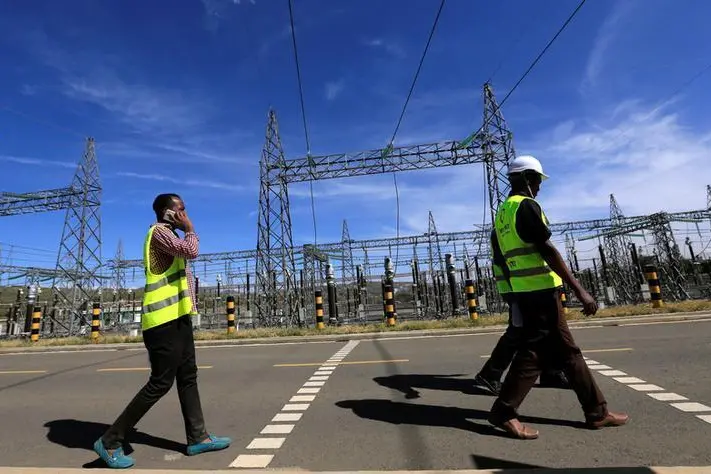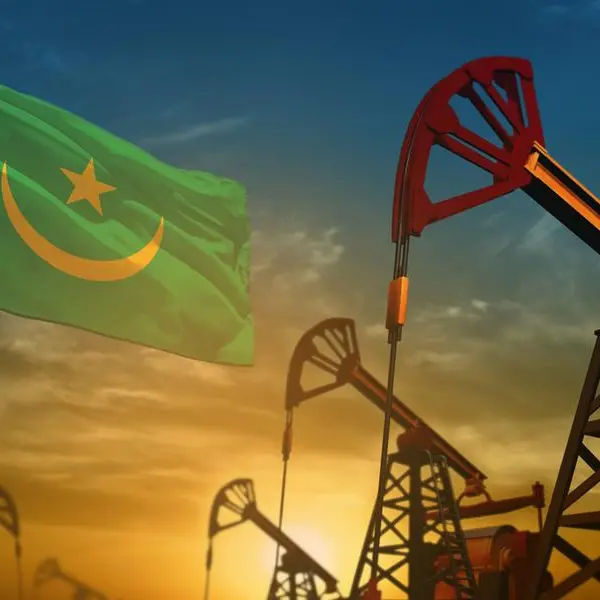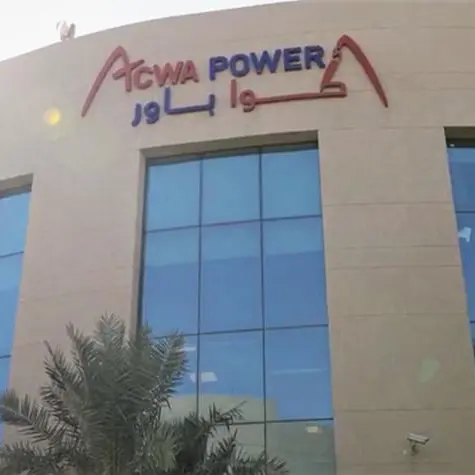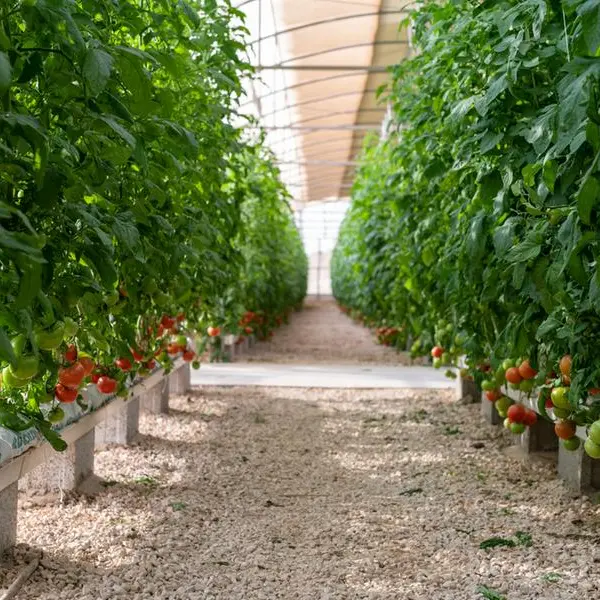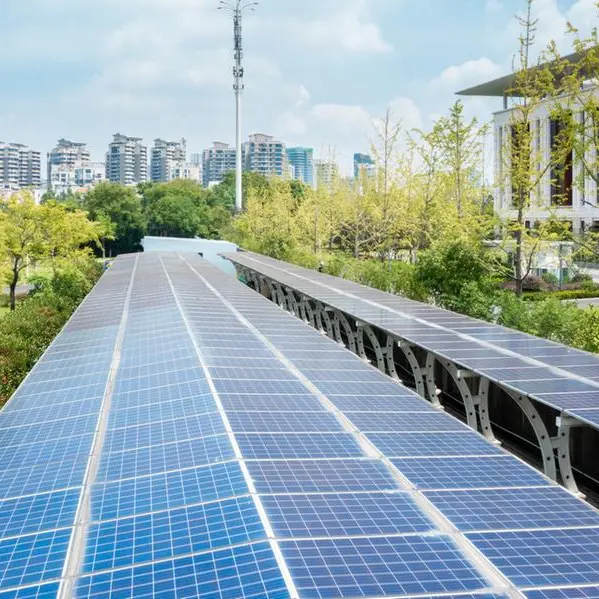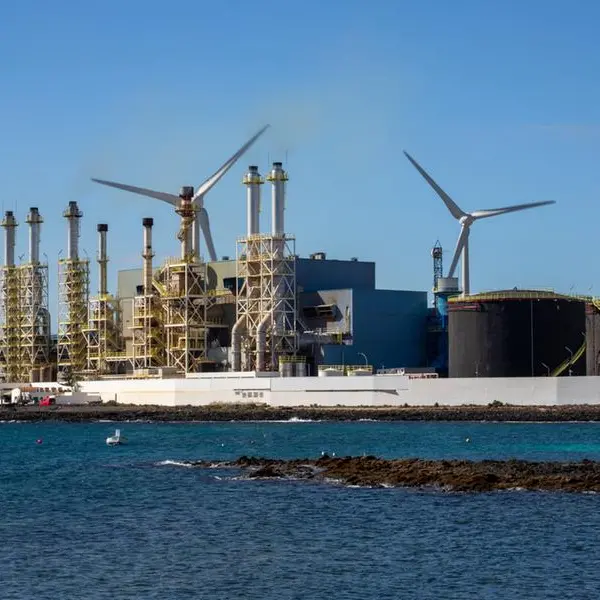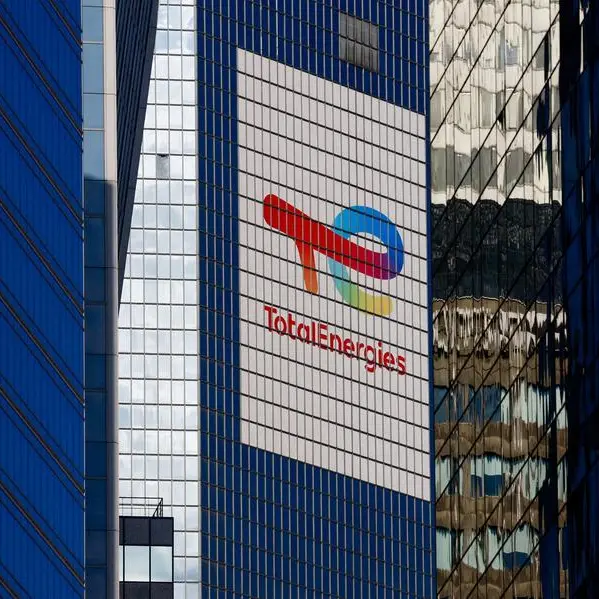PHOTO
The African Development Bank (AfDB) wants Kenya and Tanzania to speed up the signing of three key agreements to pave the way for the exchange of excess electricity between the two countries via a Sh43 billion ($309.26 million) line.
The three are a wheeling agreement between Tanzania Electric Supply Company (Tanesco) and Kenya Electricity Transmission Company Limited, a power exchange deal between Kenya Power and Tanesco and a tripartite deal for the maintenance of the interconnected grid.
The two neighbours were last month expected to complete the 507.5-kilometre line that runs from the Isinya substation to Arusha through Namanga. The line will have an intended transfer capacity of 2,000 megawatts.
AfDB— a major financier of the project— in its latest review said that the three deals are key to rolling out the regional power trade meant to boost electricity supply and cut reliance on the dirty and costly thermal power in the two countries.“It is of significant importance that the afore-mentioned agreements are concluded as soon as possible to coincide with the completion and commissioning of the cross-border electricity infrastructure to pave the way for regional power trade,” AfDB says in the review.
Wheeling is the transfer of electricity from an electrical grid to an electrical load outside the grid boundaries through the use of existing distribution or transmission networks.
Completion of the 400 kilovolts line had been plunged into uncertainty as Ketraco delayed completing its share of the line due to hitches in compensating and resettling families along the project area.
The line whose construction started in 2015 will allow cross-border exchanges of cheap and cleaner surplus power from neighbouring countries in the Eastern Africa Power Pool countries.
Nations in the Eastern Africa Power Pool are Kenya, Tanzania, Uganda, the Republic of Sudan, South Sudan, Burundi, the Democratic Republic of Congo, Djibouti, Ethiopia, Egypt, Somalia, Rwanda and Libya.
Kenya currently imports cheap hydroelectricity from Ethiopia and Uganda and the supplies have been critical in helping avoid power rationing especially last year when hydro-generation hit record lows on prolonged drought.
Tanzania has recently been forced to ration power in some parts due to low hydro generation, highlighting the critical role of the line to the neighbouring country. The line will also allow Tanzania to tap cheap hydroelectricity from Ethiopia.
Ketraco had delayed the completion of the line on the Kenyan side which spans about 93 kilometres between Isinya substation and the border town of Namanga. © Copyright 2022 Nation Media Group. All Rights Reserved. Provided by SyndiGate Media Inc. (Syndigate.info).
BUSINESS DAILY
